THE LOST WAX CASTING
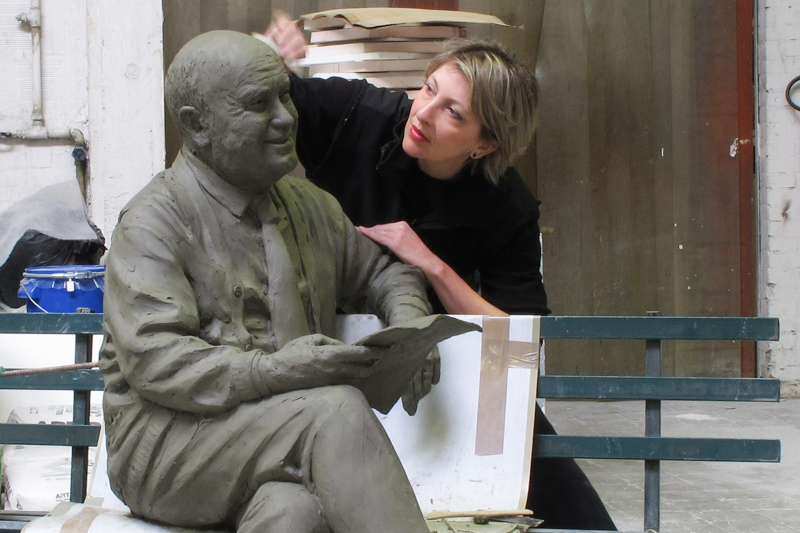
1. THE MODEL
The artist makes his model using the technique and the material he prefers not having to worry about any problems concerning the future processing of the bronze. All this is very important ,as many materials cannot be used with ordinary casting processes. With our method, you can be sure that the finished piece, reflects the artist’s original idea, without any restrictions of a technical nature, and represents its most genuine and true expression.
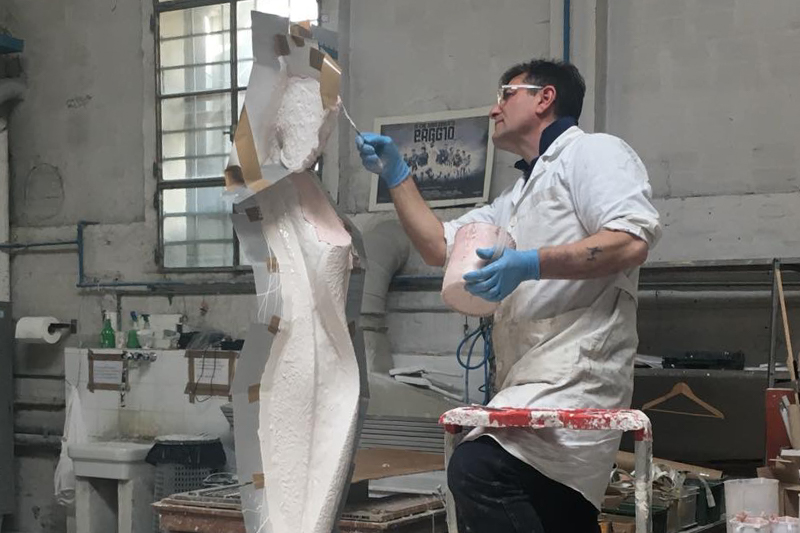
2. THE MOULD
To obtain an identical wax copy of the original, a negative mould must be made on the model itself. We use a special resin, suitable even for very delicate materials such as plasticine or water clay, leaving therefore the greatest freedom of choice to the artist when creating his model. Synthetic resins brought about great improvements during this processing phase. Animal and vegetable gelatines and plaster moulds, traditionally used in artistic foundries, do not allow, in many cases, to make repeated and faithful wax impression of the original.The repeated use of the reproductory wax causes a deterioration of the faithfulness to the original. We have devised a combined method whereby the softness of the material used for the original is not prejudicial to the faithfulness of reproduction and the originality of the model is repeated in every single copy.
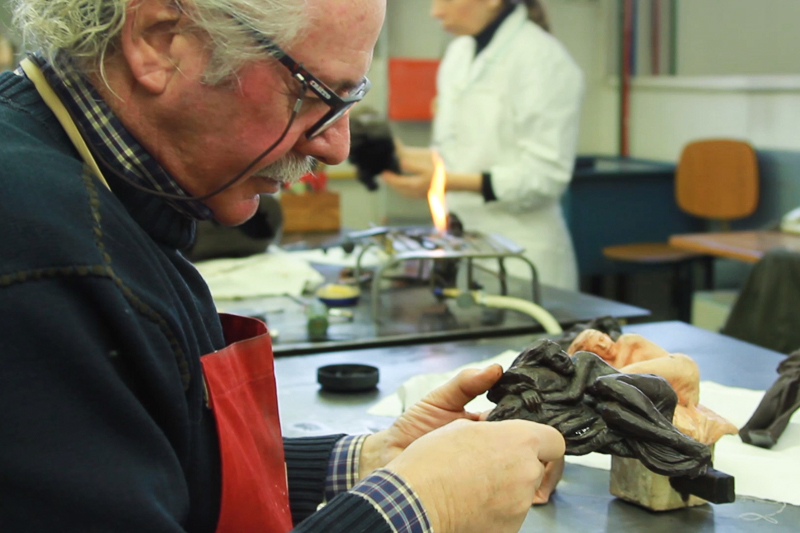
3. THE REPRODUCTORY WAX
From the mould a faithful copy of the original is obtained: the reproductory wax.The malleability of the material allows the artist to retouch and correct small imperfections that may have occurred. For every bronze casting there must be a wax copy. In the study of this method, we have always borne in mind our basic requirements, that is the availability of many identical wax copies of the original obtained from the same master mould.
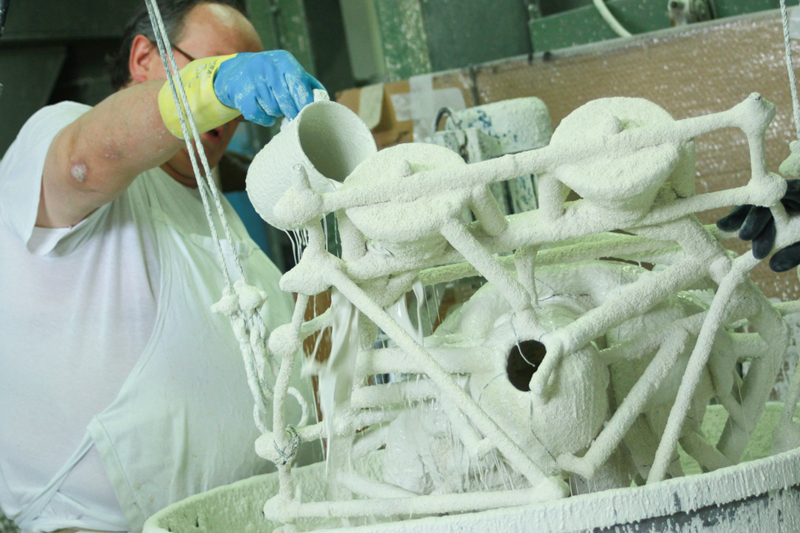
4. THE CERAMIC INVESTMENT
The wax is covered with a very fine ceramic investment, which guarantees a most accurate reproduction; it’s a refractory material, resistant to high temperatures and to the pressure of molten metal. The wax copy is the dipped into a ceramic bath several times until a sufficient thickness is obtained which, after a burn out , will resist to the extreme pressure of molten bronze. The ceramic covered wax is then baked in a high temperature oven until all the wax is burned out or “lost”,thus the term “lost wax”.
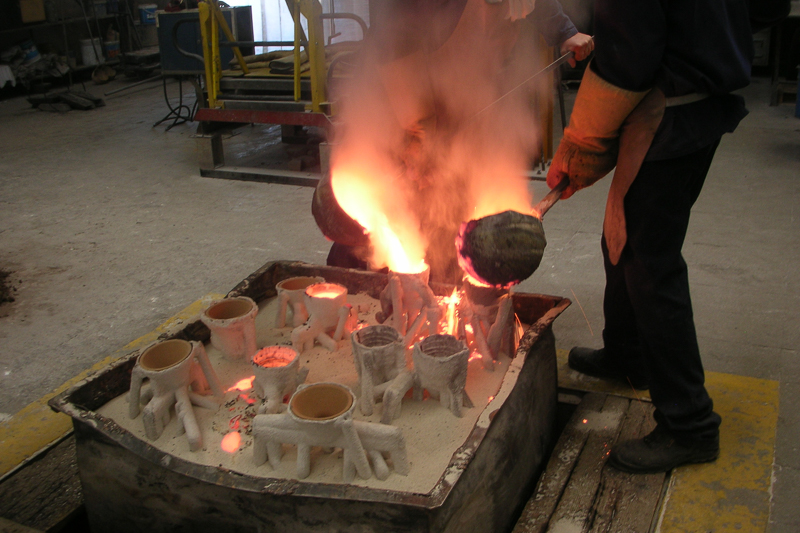
5. THE BURN-OUT AND POURING
The covered wax is put in a high temperature oven ( thermal shock) where the refractory investment is baked in a very short time and the wax is burned out (lost wax).Thus a refractory material negative is obtained and the molten bronze is poured into the cavity left by the burned out wax.
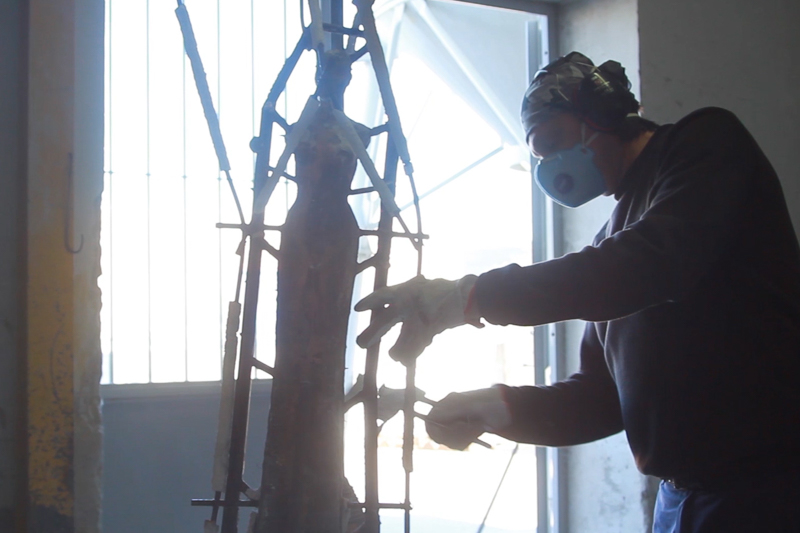
6. THE REMOVAL OF THE MOULD
The molten metal, while cooling down, solidifies and is subsequently freed from its extremely hard ceramic investment with the aid of special tools. Any ceramic residues that may be present are removed either by traditional sandblasting or by a special microsphere process that throughly cleans the surface of the sculpture without altering it.
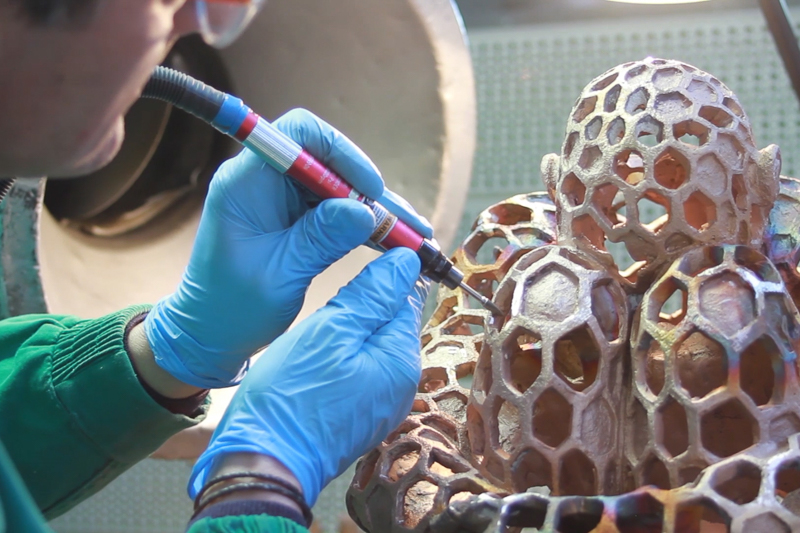
7. FINISHING AND CHASING THE BRONZE
Once the casting has been completely cleaned, finishing and chasing work is done. With our method, the very fine and compact texture of the bronze surface obtained is due to the fineness of the refractory used and the extremely balanced mixture of refractory and binder. So, the work is greatly simplified and there is no need to modify essential parts of the sculpture.
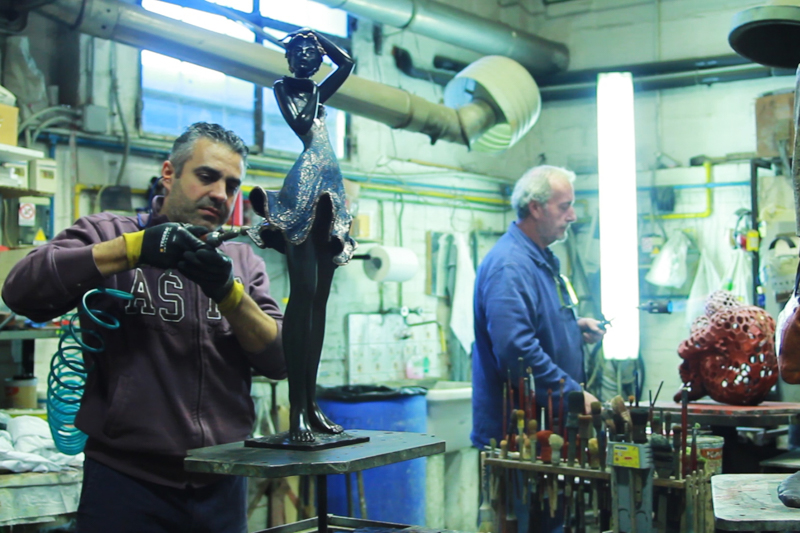
8. THE PATINA
By now, the bronze casting is truly a sculpture and , to give it the final appearance desired by the artist, we proceed to various oxidation and thermal treatments. It is a critical phase, which requires great experience. Many different tones can be achieved depending on the chemicals used. The completed sculpture is then submitted for approval to the artist.
